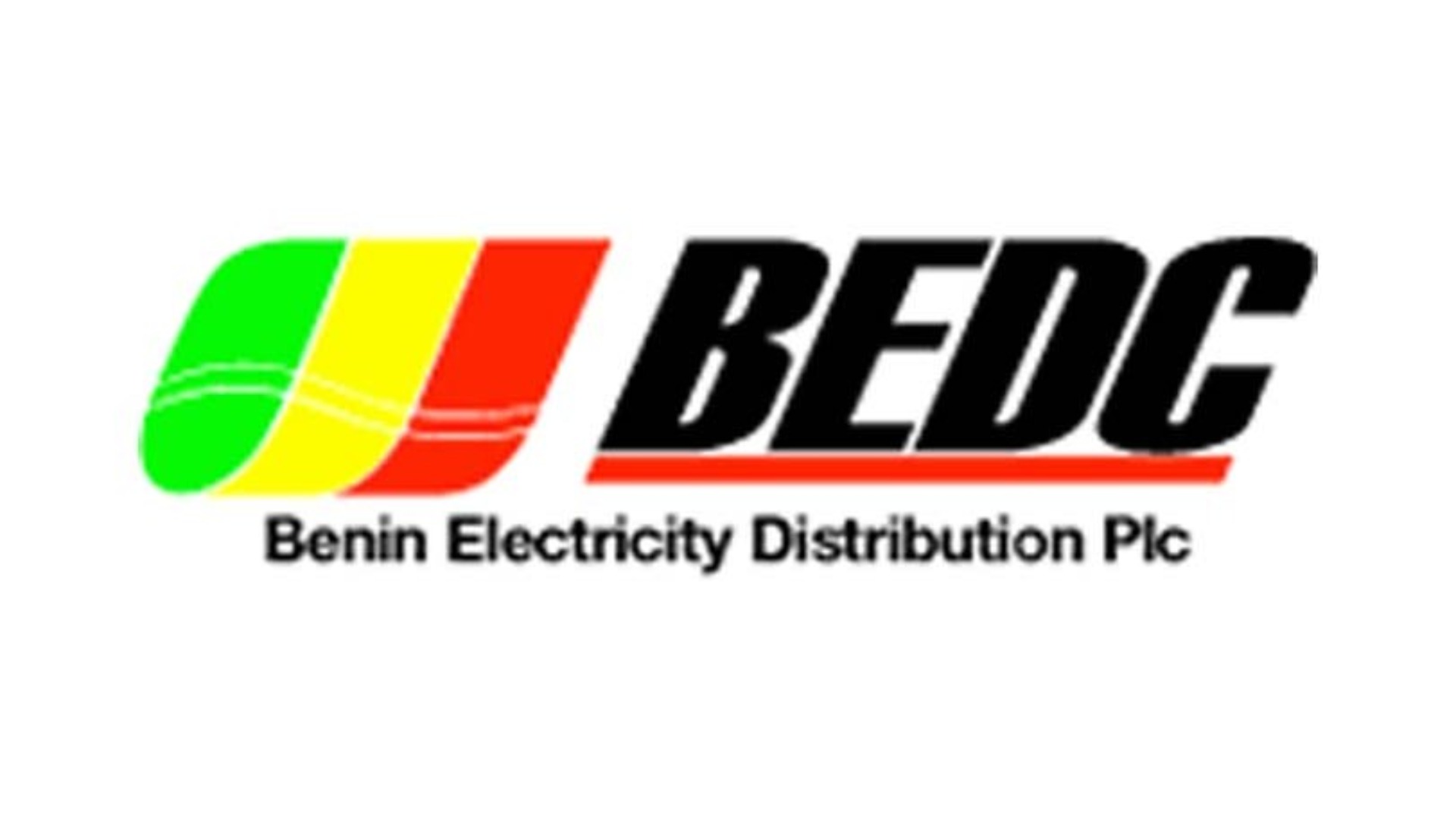House of Representatives has decided to launch an investigation into the N1.1 trillion Sukuk road projects executed between 2017 and 2024.
Gatekeepers News reports that this resolution was passed during a plenary session on Wednesday, following a motion of urgent public importance put forward by Gaza Gbefwi, a lawmaker from Nasarawa State.
The purpose of the investigation is to uncover and identify any potential instances of fund diversion, inflation, or non-compliance by contractors involved in these road projects.
In his motion, Gbefwi referenced a report from the Debt Management Office (DMO), indicating that over N1.1 trillion was raised through six sovereign Sukuk issuances to finance 124 federal road projects, which collectively span 5,820 kilometers across the country’s six geopolitical zones.
He provided a breakdown of the Sukuk financing as follows: N100 billion in 2017, N100 billion in 2018, N162.557 billion in 2020, N250 billion in 2021, N130 billion in 2022, and N350 billion in 2023. Additionally, reports suggest that an extra N150 billion was issued in October 2023, potentially bringing the cumulative total to approximately N1.242 trillion by the close of 2024.
“Despite this significant investment, Nigeria’s road infrastructure remains in a deplorable state, with over 70 percent of the country’s 200,000-kilometer road network still unpaved, as noted by S&P Global Ratings in January 2024,” he said.
“Without robust accountability mechanisms, the Sukuk programme risks becoming a conduit for mismanagement or corruption.”
The motion was adopted when it was subjected to a voice vote by Benjamin Kalu, the deputy speaker, who presided over the plenary.
Consequently, the house mandated the committee on works to conduct a “forensic probe” into the allocation, expenditure, and outcomes of the N1.242 trillion Sukuk fund.
The parliament also directed the federal ministry of works to provide detailed records of all Sukuk-funded projects, including financial disbursements, project statuses, and updated contractors’ performance.












